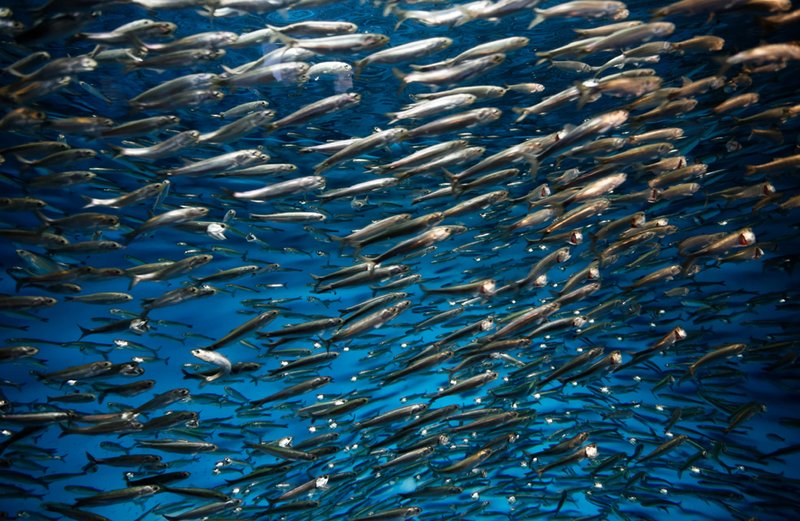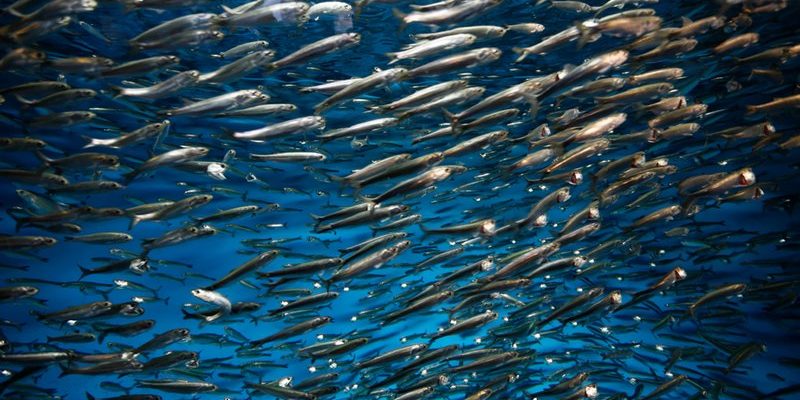
Sardines are like the unsung heroes of the sea. They’re crucial for keeping many ocean predators fed, and they offer health benefits for humans, too. However, overfishing and changes in their environment threaten their populations. Let’s dive deeper into the world of sardines and see where their conservation status stands today.
The Importance of Sardines in the Ecosystem
Sardines are an essential part of the marine food web. They serve as a primary food source for various predators, including larger fish, seabirds, and marine mammals. Think of sardines as the building blocks: they help maintain balance in the ecosystem. When their populations decline, it can create a ripple effect that impacts other species that rely on them for food.
These little fish also have another hidden talent. They help maintain a healthy ocean by consuming plankton and other small organisms. This natural process supports the growth of phytoplankton, which produces a significant portion of the world’s oxygen. In other words, sardines contribute to a healthier planet, making their conservation even more crucial.
Current Status of Sardine Populations
As of now, the status of sardine populations varies by region. Some areas have seen significant declines due to overfishing and environmental changes, while others are doing better thanks to sustainable practices. For example, the Pacific sardine has faced serious population drops, leading to fishing quotas being put in place. These measures aim to allow the species to recover, but it’s still a challenging road ahead.
You might be surprised to learn that in some parts of the world, sardines are considered “overfished.” This means that the number of sardines being caught is higher than what can be sustainably replaced. Managing these populations is essential not just for the fish but for the human communities that depend on them for food and income.
Factors Contributing to Sardine Declines
There are several key factors contributing to the decline of sardine populations. Overfishing is the most significant culprit. It’s like trying to eat all your Halloween candy in one sitting—great for a day, but terrible for your future sweet tooth! When too many sardines are caught without giving them time to reproduce, their numbers dwindle.
Another factor is climate change. Sea temperatures are rising, which affects where sardines can live and feed. If the waters get too warm or if currents shift, sardines may not find the plankton they rely on for food. It’s a tough situation that’s making life harder for these little fish and the predators that depend on them.
Conservation Efforts for Sardines
Fortunately, there are several conservation efforts directed at protecting sardine populations. Fisheries management is one of the most effective methods. This involves setting catch limits, monitoring fish populations, and creating marine protected areas where fishing is restricted. These actions help ensure that sardine populations can recover without the pressure of overfishing.
Additionally, organizations are working to raise awareness about the importance of sardines and the need for sustainable fishing practices. By encouraging consumers to choose sustainably sourced seafood, we can help shift demand and protect these fish. It’s like voting with your fork—every meal matters!
What You Can Do to Help
You might wonder how you can contribute to conserving sardine populations. Here are some easy, everyday ways you can make a difference:
- Choose sustainable seafood: Look for seafood that has the Marine Stewardship Council (MSC) certification. This label means it’s sourced sustainably.
- Support local fishing communities: Buying directly from local fishermen helps promote sustainable practices and boost local economies.
- Educate others: Share information about sardines and the importance of ocean conservation with your friends and family.
By taking these small steps, you can play a part in protecting sardines and ensuring their survival for future generations.
The Future of Sardines
The future of sardines looks uncertain, but hope isn’t lost. By staying informed about conservation efforts and supporting sustainable practices, we can help these fish thrive once again. Scientists and environmentalists are working tirelessly to monitor populations and implement better management strategies.
As consumers, we hold significant power. Our choices in the supermarket and at the dinner table can influence fishing practices around the world. So, the next time you enjoy a meal featuring sardines, remember their story and consider how you’re contributing to their future.
In summary, sardines play a crucial role in ocean ecosystems and human diets. While their populations face significant threats from overfishing and climate change, there are active conservation efforts in place. By being mindful of our seafood choices and supporting sustainable practices, we can help ensure that sardines remain a part of our oceans and our plates for years to come. Let’s work together to keep the ocean’s unsung heroes swimming strong!

